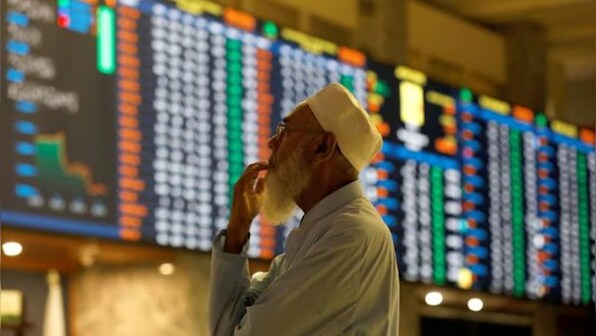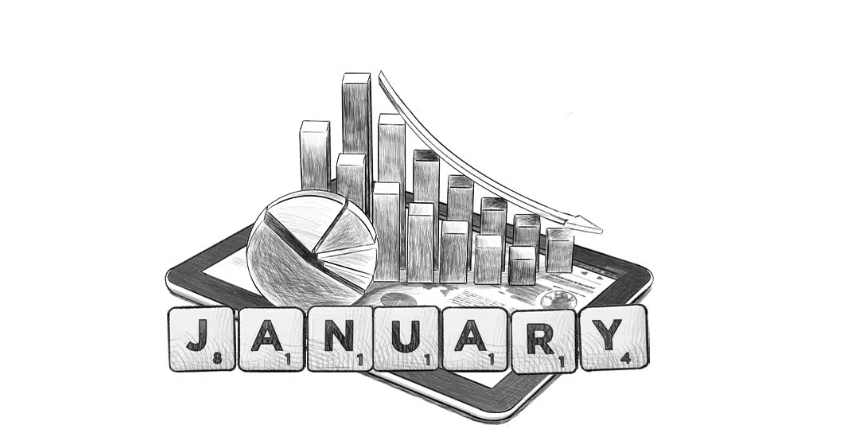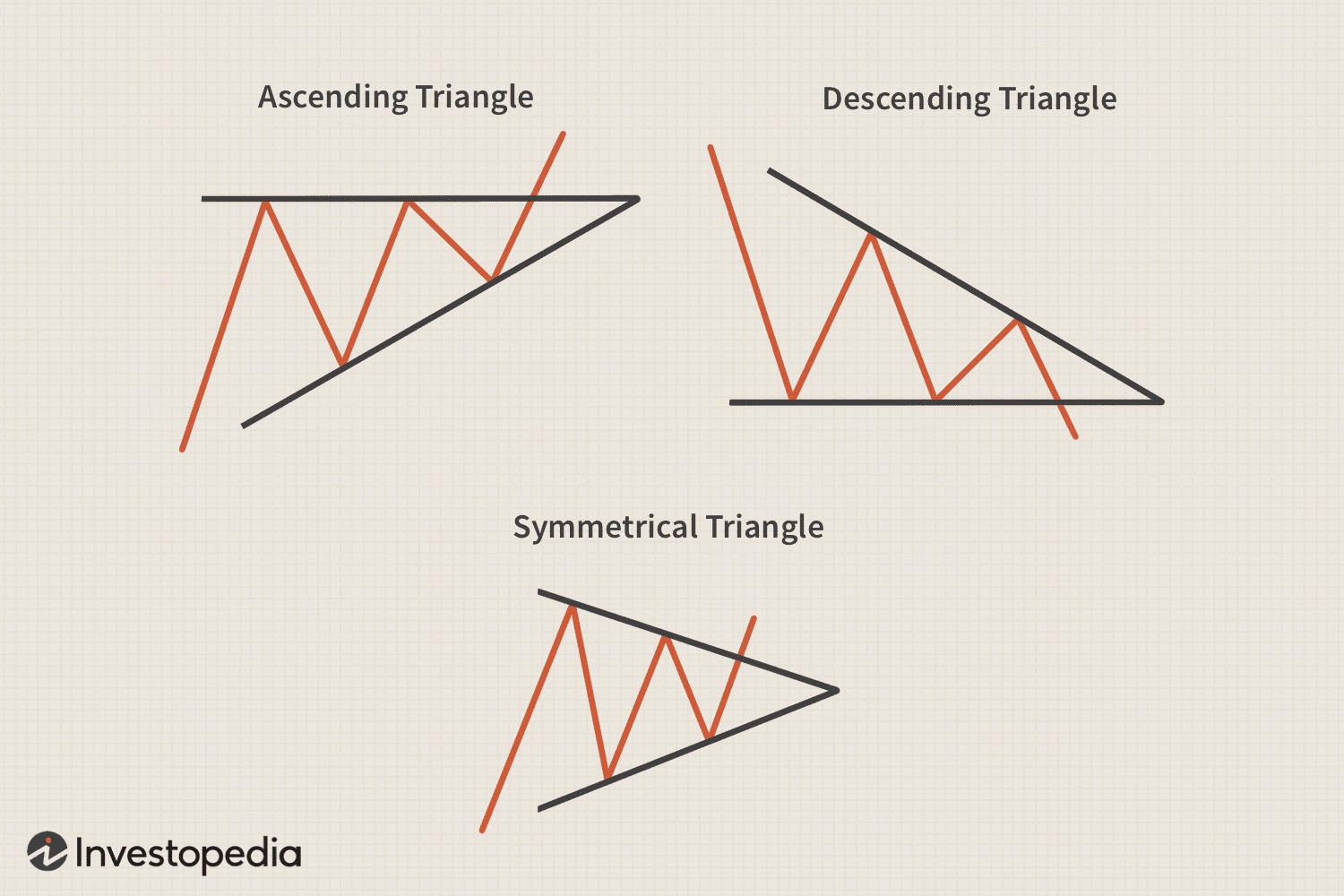The Pakistani equity market pretty much mirrored much of Asia early today, first dropping sharply before stabilising as the session progressed. It’s as if Mr Market had bigger things on its mind than the state bank not cutting rates yesterday, despite expectation of a 50-100bp reduction. The day’s candle was green, even if the proximity to yesterday’s close made the day count as a loss..png)
This pattern wasn’t unique to Pakistan—Asian markets broadly wavered between fear and resilience following a rough start to the trading day. The initial decline was largely fueled by global risk-off sentiment, a spillover from Monday’s turmoil in US markets, where equities were battered by concerns over monetary policy, trade tensions, and signs of economic fragility.
Monday’s session in the US set the tone for a jittery start across Asia. The Dow Jones and S&P 500 both saw steep losses, weighed down by renewed worries over Federal Reserve policy and the sustainability of corporate earnings. The risk-off mood was exacerbated by the latest bout of protectionist rhetoric from Washington, which stoked fears of further trade disruptions. This uncertainty translated into an immediate selloff in Asian equities, including Pakistan’s KSE-100, as investors sought to reprice risk in a rapidly shifting landscape.
However, as the session progressed, some of the initial panic abated. A combination of technical support levels and measured institutional buying helped markets stabilise. The KSE-100 followed a familiar script: a knee-jerk reaction to global turmoil, followed by a more nuanced reassessment as the trading day unfolded.
But this doesn’t make much sense, especially when investors expected a disappointed market to turn sour after the central bank held steady despite a visible drop in inflation (if official figures are to be trusted).
One of the critical factors influencing market sentiment was no doubt the shifting global narrative around inflation and interest rates. Investors globally are recalibrating their expectations of how long central banks, particularly the Federal Reserve, will keep rates elevated. This has direct implications for markets like Pakistan, where capital flows are highly sensitive to shifts in global liquidity conditions. As US yields remain elevated, the pressure on riskier assets remains, making any rally in emerging markets fragile at best.
Beyond just the macroeconomic outlook, volatility remains a dominant theme. The sharp fluctuations seen today reflect broader market anxieties—whether over geopolitical uncertainties, inflation persistence, or the potential for another wave of US market weakness. With the VIX still signaling heightened caution, and global investors displaying a reluctance to take on additional risk, it is unlikely that today’s stabilisation marks the end of market turbulence.
Looking ahead, the trajectory of the Pakistani market will remain closely tied to both regional trends and global macroeconomic developments. While today’s session ended on a more stable note, the underlying risks remain very much in play. For investors, this means navigating a landscape where caution and strategic positioning will be paramount. The question now is whether the calm we saw in the latter half of the session holds—or if another wave of global risk aversion sends markets back into defensive mode.
Disclaimer: This content is for educational and informational purposes only. It should not be considered financial or investment advice. Always do your own research or consult with a licensed financial professional before making any investment decisions.





